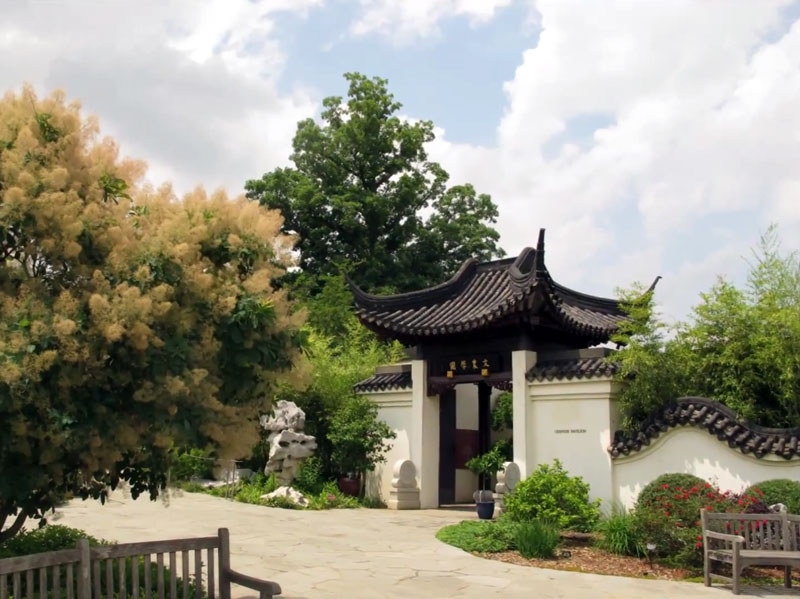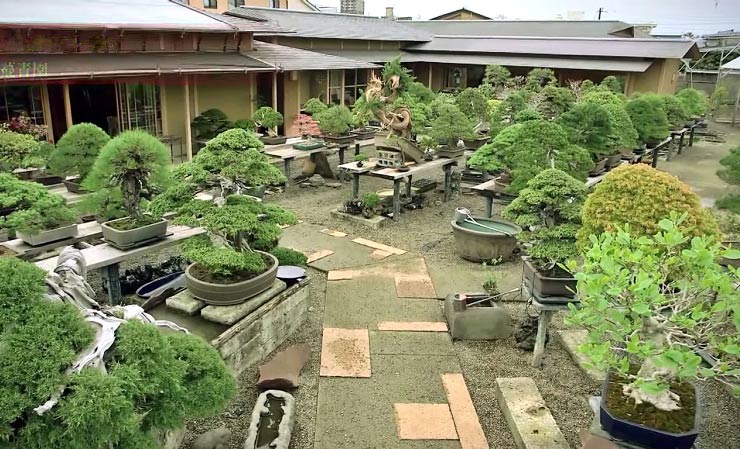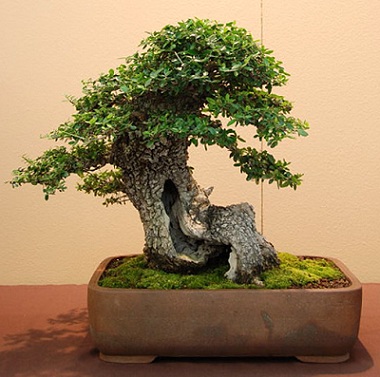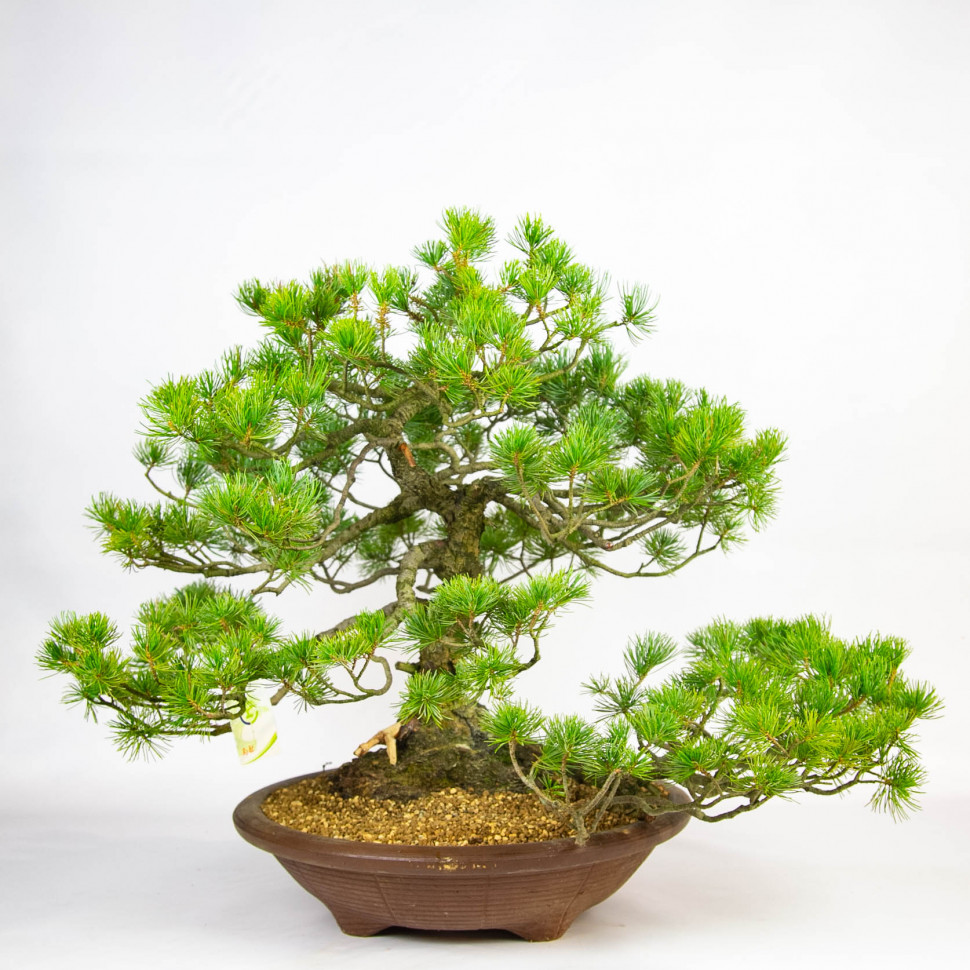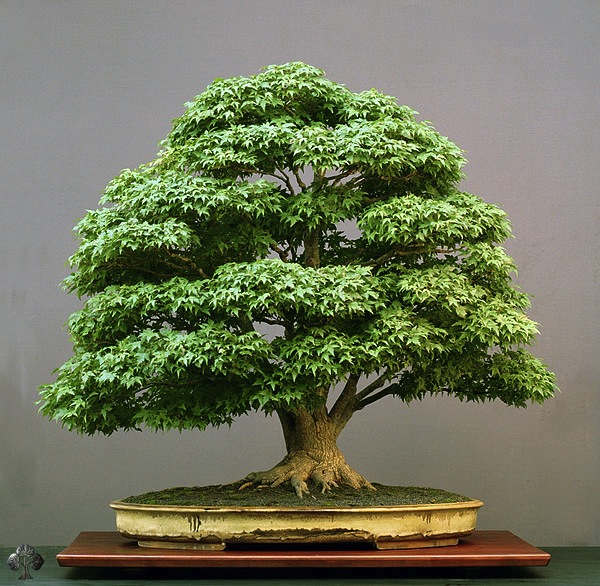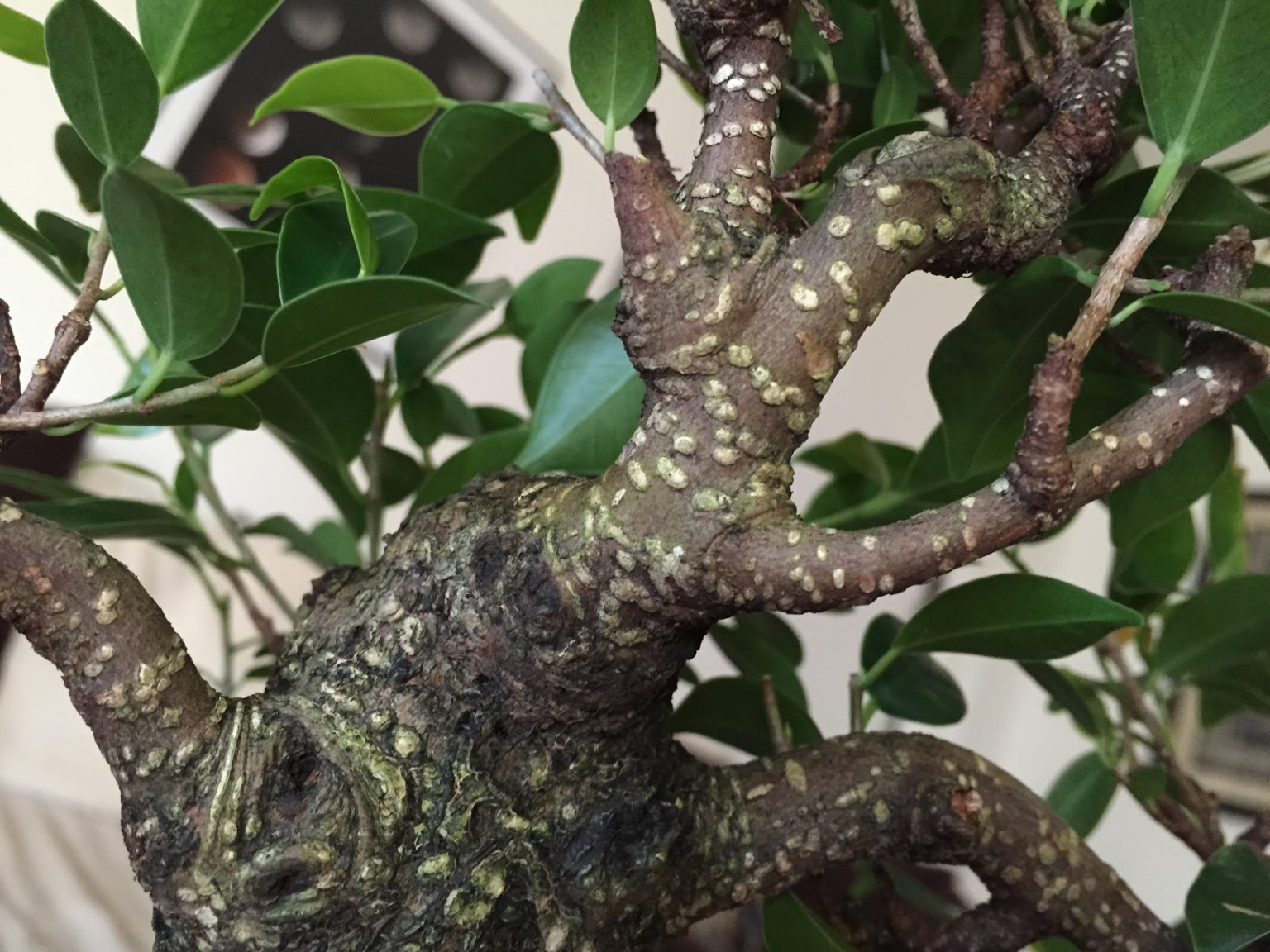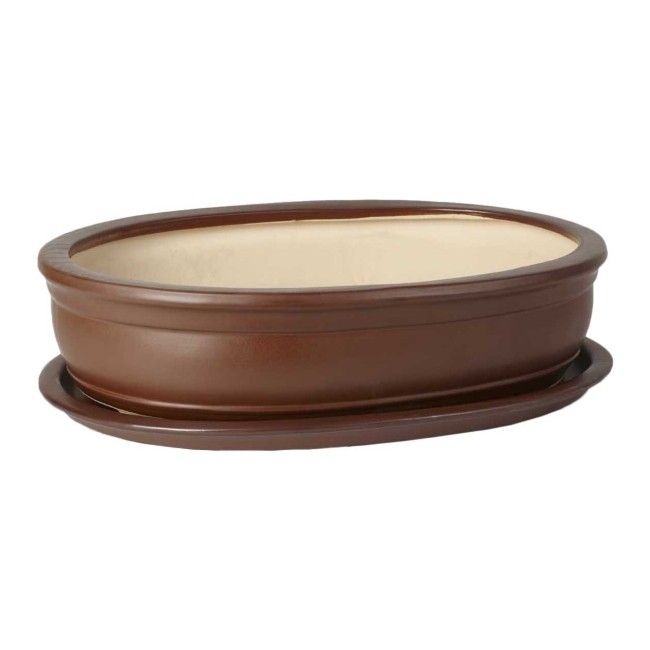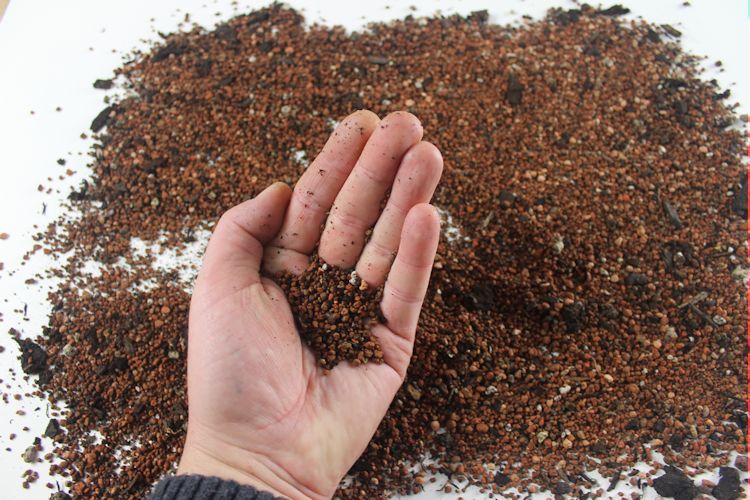By creating artificial effects (shari and jin) on your bonsai, you will artificially age it.
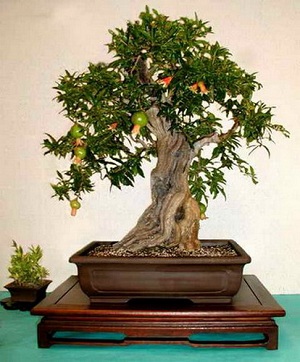
How to make a gin bonsai
Jin is a method of processing branches that disrupt the overall harmony. To do this, you need to cut off a branch near the base and carefully remove the bark from it. The resulting stump can be left as is, or you can create the effect of a broken branch by splitting it.
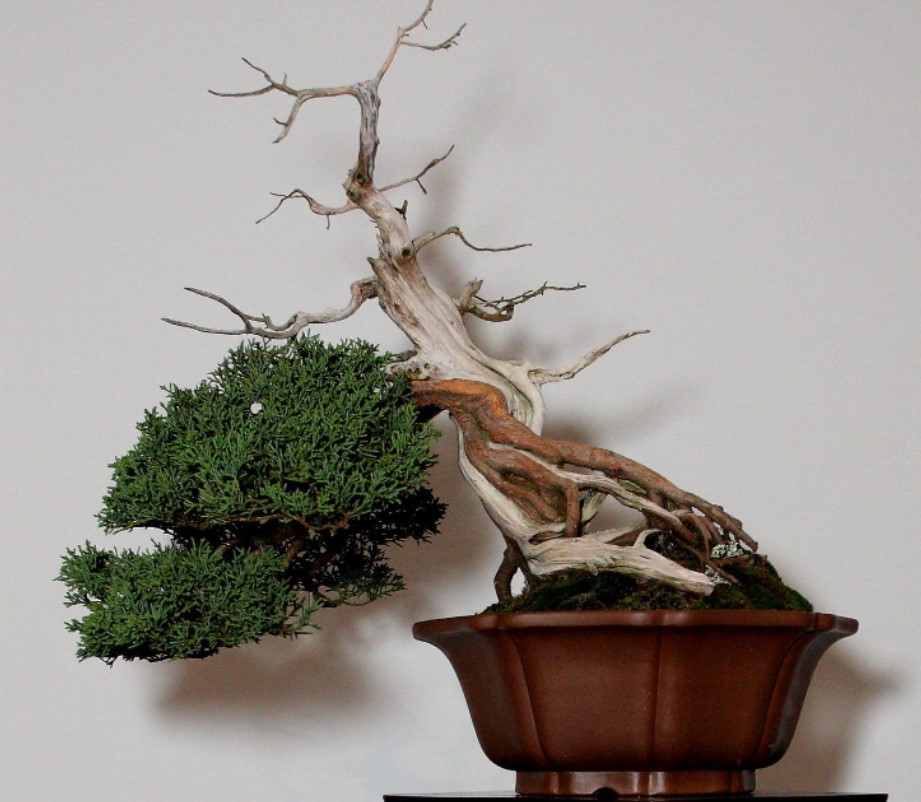
Form gins in late spring.
The sulfur solution should be applied three times a year, washing off the old one and taking precautions, as it can destroy beneficial microorganisms if it gets into the soil. Do not touch living parts of the tree without washing your hands after using the solution.
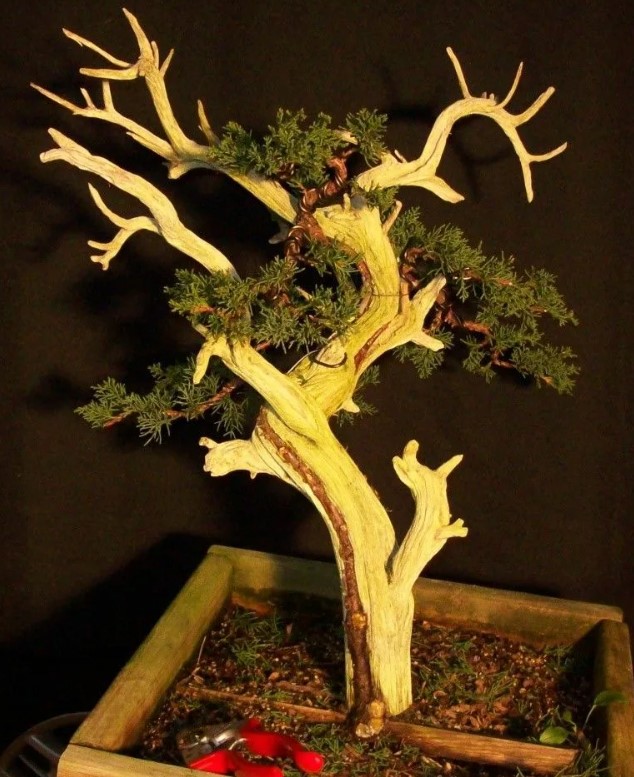
Usually one or two gins are formed, but on a tall, slender tree there may be more. The gins imitate the remains of dead branches. In natural conditions, branches die from lack of light. If the lower part of the tree remains in the shade, the branches on it die (this phenomenon can be observed in a dense forest).
You have probably seen gins and shari, they look very natural. In order for the gin to become white or gray, a sulfur solution or a special solution for shari and gins is used. The sulfur solution will make the area white, and if you add black paint to it, then light gray.
Shari is an abbreviation of the Japanese word "sharimiki," which means "fish bones."
Shari is a technique that involves removing a section of bark that is adjacent to several branches. As a result, the wood is exposed and, together with the gins, the bonsai looks like an aged tree.

